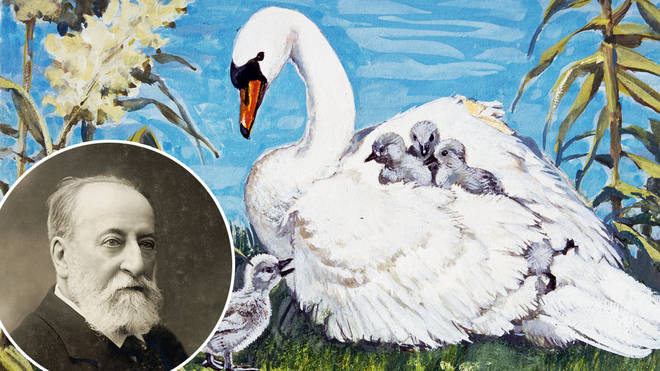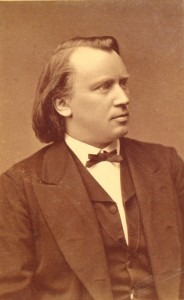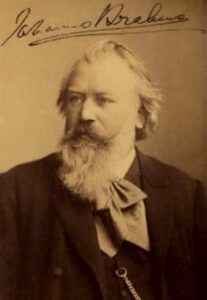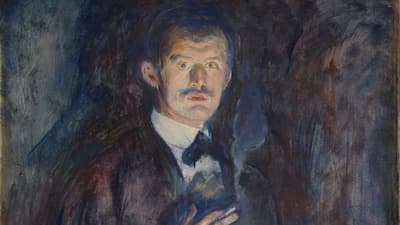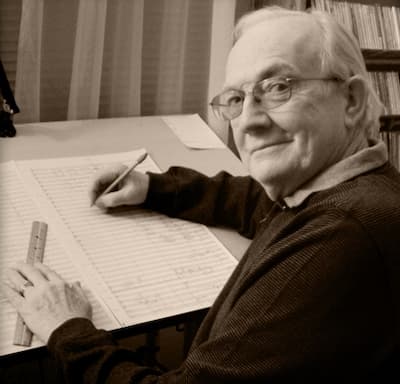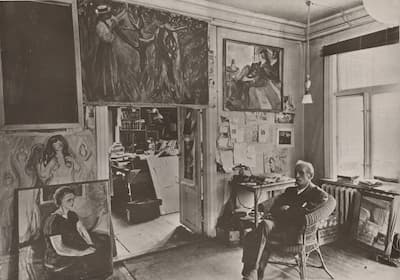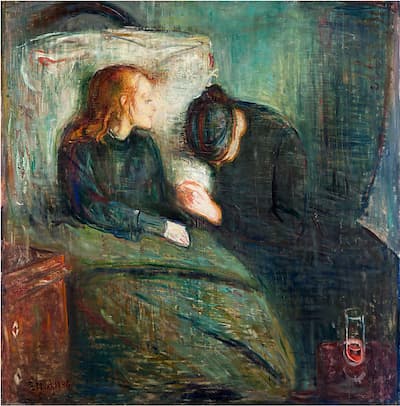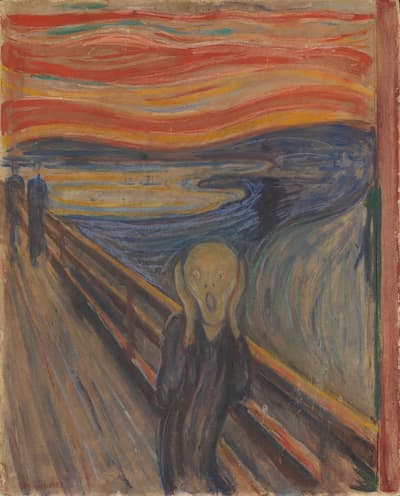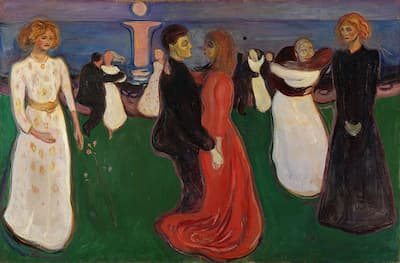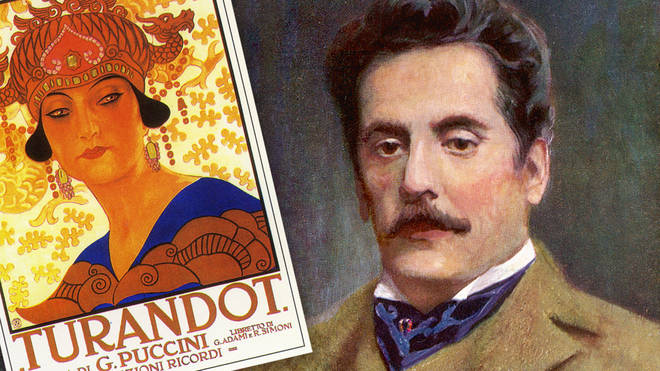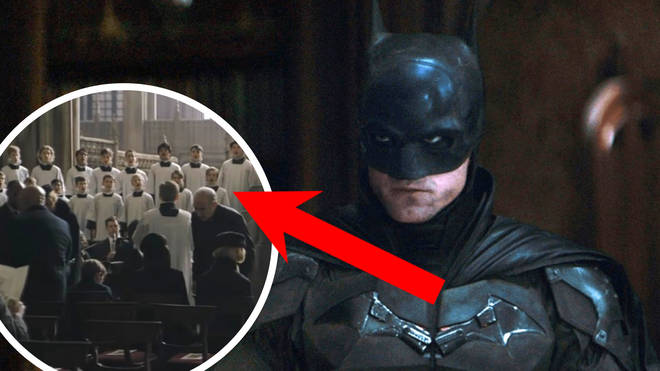
We break down the classical music heard in the new Batman film, and the voices behind the soundtrack...
The first sound audiences hear when sitting down to watch DC’s new big screen comic book offering, The Batman, is the opening of Schubert’s Ave Maria.
The track, performed by Tiffin Boys’ Choir, a world-renowned school choir from London, UK, can be heard accompanying someone’s heavy breathing as the first scene of the film plays out after an unusually silent film credits opening.
Ave Maria is heard three more times in the film, and Schubert’s melody is continuously weaved into the soundtrack in a twisted villainous arrangement.
But why this piece of music, what’s its significance to the story line, and what themes does the song represent? We take a closer look at this musical prayer and the other music featured in the new Batman film.
Warning: Spoilers ahead...
What is the meaning behind ‘Ave Maria’ in The Batman?
Robert Pattinson stars as the title role in The Batman alongside actor and musician Paul Dano, who portrays the film’s main villain, the Riddler. Director, Matt Reeves, wrote the part of the Riddler for the new Batman film with Dano in mind to play the part.
In the comic books, the Riddler is depicted as one of the most notorious criminal masterminds in Gotham City, and is most associated with his obsession with riddles, puzzles, and death traps, which assert his intelligence over both Batman, and the police force.
In this new film, one puzzle the audience has to solve is the association of Schubert’s Ave Maria with this character.
The villain’s main theme is even a twisted minor key version of Schubert’s melody, giving the song even more play-time than its already three-time film appearance.
The theme uses the first six-note pattern of Schubert’s melody, but instead of rising to the major third on the fourth note of the phrase, the Riddler’s theme only rises to the minor third, creating an uneasy sonic atmosphere, before a falling semitone leads us back to the phrase’s starting note.
The unedited version of Schubert’s Ave Maria is heard three times in The Batman.
Firstly in the opening scene, while the Riddler watches his first victim, Mayor Don Mitchell Jr., and his family through a window. Secondly, in archive footage found in the city’s old orphanage, the song is performed by a children’s choir while Batman’s father (Thomas Wayne) gives an electoral speech. Finally, the song is sung by the Riddler himself while locked up in Arkham State Hospital.
While it’s not uncommon for film villains to sing their own themes (see Die Hard), the Riddler’s reason for singing this song is more one of vengeance, a theme that weaves through The Batman.
The Riddler reveals that he was an orphan in his ‘face off’ with Batman in Arkham State Hospital, and thanks to pinboard footage we see during an earlier scene, we can place the Riddler as a child in the children’s choir that sings Ave Maria.
This piece of music is subsequently suggested to be very important to the Riddler’s character, as it was the song he and his peers at the orphanage sang the day soon-to-be mayor, Thomas Wayne, announced the ‘renewal fund’; a billion pound investment into the city, part of which would go to the orphanage.
Wayne however, was murdered a week later, meaning the money promised to the orphanage from the renewal fund was never invested, and the orphaned children had to continue living in squalor while the criminals and corrupt police in the city profited.
What does Ave Maria represent in The Batman?
The Riddler’s children’s choir sings Ave Maria to Schubert’s melody, one of the Latin prayer’s most common modern-day settings. The lyrics for Ave Maria (Hail Mary in English), revere Jesus’ mother, the Virgin Mary, in the Christian religion.
Schubert’s melody and the Latin prayer text is a popular choice for funerals, making the repetitive appearance of the song throughout the film an eerie one.
The song is also visually associated with death throughout the film, with the first time it plays preempting the death of Mayor Don Mitchell Jr., and the second time preempting the death of Thomas Wayne.
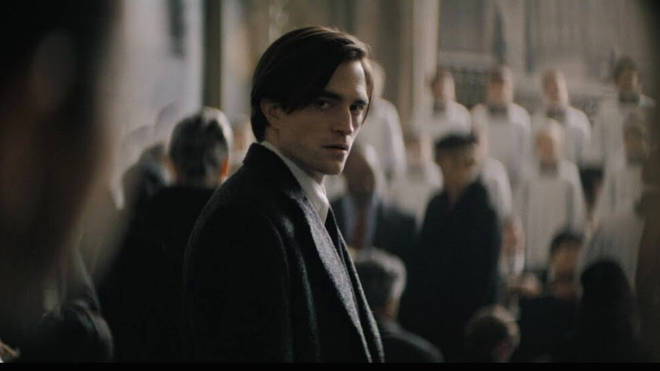
There are various settings of the Latin prayer, and it is poignant that the music team chose the Schubert melody for the film, due to the original lyrics associated with this music.
Although today, the Schubert melody is most commonly sung with the Latin prayer lyrics, the German composer originally wrote the tune as part of a setting of seven songs from Walter Scott's popular epic poem The Lady of the Lake.
This melody was from song number six, Ellens dritter Gesang (Ellen’s third song), and the original German lyrics were actually a call to the Virgin Mary for help.
Schubert’s lyrics plead, “Thou canst hear though from the wild; Thou canst save amid despair. Safe may we sleep beneath thy care, Though banish'd, outcast and reviled.”
In Arkham State Hospital, the Riddler recounts in the orphanage, 30 children would sleep in one room, and every winter a baby would die because it was so cold, and the institution was unable to properly care for the infants.
The despair and wish for safety during sleep in Schubert’s lyrics are echoed by the Riddler in his description of his childhood, and perhaps explain why this melody was chosen to soundtrack his character.
What other classical music is heard in The Batman?
The Tiffin Boys’ Choir also perform Henry Purcell’s Dido’s Lament (When I am laid), a song about preparing for death, which is heard during the funeral of Mayor Don Mitchell Jr. As well as appearing on the soundtrack, the choir appear on screen in white chorister robes during the scene.
The school choir have lent their voices to multiple other Hollywood films before including The Hobbit: An Unexpected Journey (2012) and Dumbo (2019).
Another famous choral piece is heard as Batman races back to his penthouse to save his butler, Alfred, played by Andy Serkis, from a bomb threat.
In a dramatic scene, where the action unfolds under the crescendoing soundtrack, the piece playing is ’s Requiem (Requiem Op. 48 7. In Paradisum (I)). Yet again, this is another classical piece of music often played at funerals, and has the viewer concerned that Alfred will die due to the death-associated music playing.
Although Alfred ends up surviving, it is an intensely emotional scene, and pulls at the viewers heartstrings as the huge orchestral and choral melody blocks out all other sound and makes you think you’re about to witness a main character death.
Earlier in the film, we also hear Alfred listening to classical music as he works on trying to break one of the Riddler’s cyphers. As he decodes, the music playing is the second movement of ’s ‘Emperor’ Piano Concerto No. 5.
Who wrote the music in The Batman?
Away from the featured classical music (and the Nirvana track Something in the Way) the score for the film was composed by Michael Giacchino.
Giacchino told Collider in 2020 that he felt “total freedom to do whatever [he wanted]” when it came to music for the film.
It was clear that director, and Giacchino’s friend, Matt Reeves trusted the composer with the task, as the two have worked on multiple films together such as Cloverfield (2008), Let Me In (2010), and Dawn of the Planet of the Apes (2014).
Giacchino’s mostly minimalistic score, uses mainly strings and brass to emphasise the plot’s overarching theme of vengeance.
Like the Riddler’s theme, The Batman’s theme also centres in on a short phrase. The Batman’s theme is made up of a four-beat phrase, with just two notes, and is a repetitive and somewhat unusually simple theme for the composer.
However, Giacchino’s score uses dynamics and texture to create a theme out of this limited phrase. The music lifts from a mysterious, low four-note pattern to an unstoppable orchestral force incorporating brass and percussion to illustrate the power of the film’s hero.
Arguably the most developed theme, melody-wise, comes in the form of the second protagonist of the film, Catwoman. Her theme is a slinky syncopated smooth shared strings and solo piano melody. The lounge piano style music reflects Catwoman’s job as a hostess at a criminal club, while the stealthy strings illustrate her cat-like tendencies.
The soundtrack was released on 25 February 2022, just over a week before the film, and fans across multiple platforms, from the music alone, were already declaring the movie to be a “masterpiece”, and that this was Giacchino’s best score yet.
With the composer’s award-winning track record, critics are already suggesting The Batman could be on the cards for an Oscars nomination for Best Original Score in 2023.


